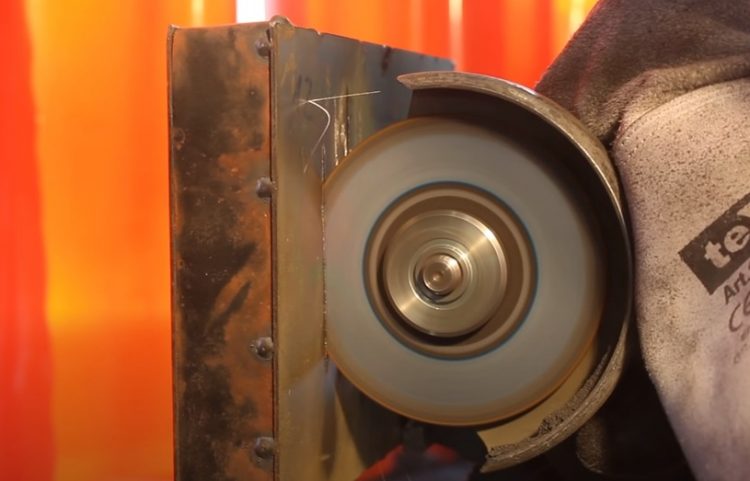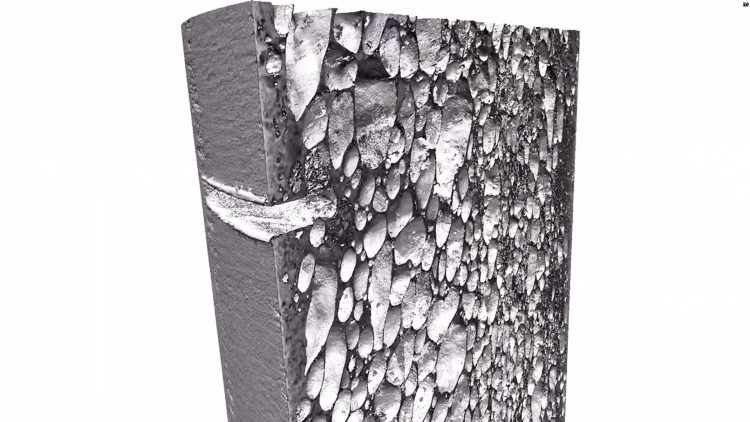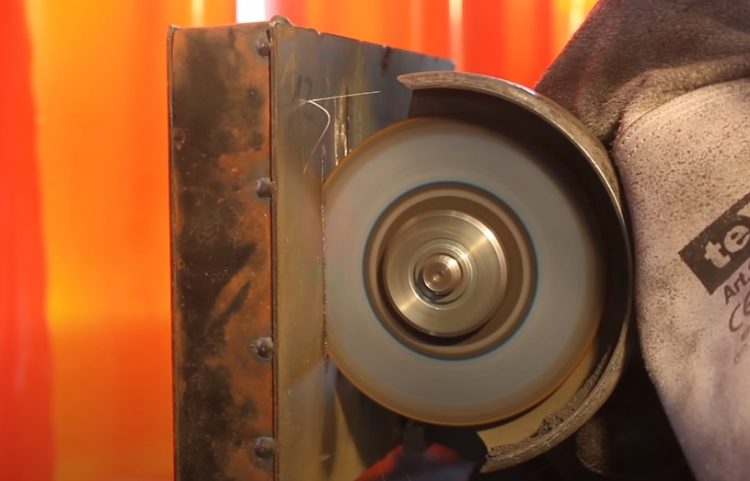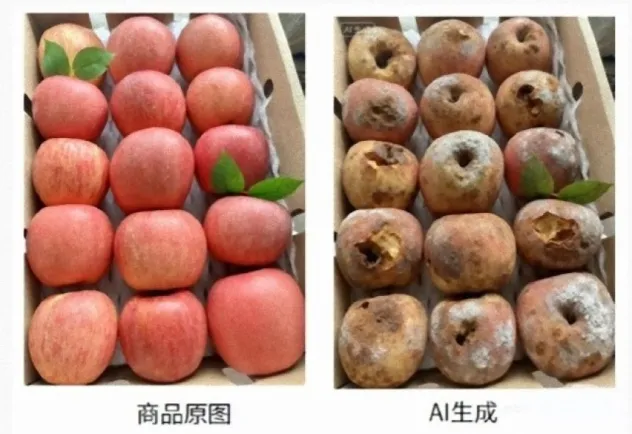An international team of researchers claim to have created the first synthetic cut-proof material that actively destroys the tool trying to cut through it.
Even the toughest lock can do little more than delay a person properly equipped to cut through them, but engineers at Durham University in England and the Fraunhofer Institute in Germany have come up with a new material that they say is extremely hard to cut through. Called Proteus, the revolutionary synthetic material is inspired not by diamonds and sapphires, the toughest natural materials known to man, but by the cellular skin of the grapefruit and the fracture resistant shells of the abalone mollusk.

Proteus is made from alumina ceramic spheres encased in a cellular aluminium, metallic foam structure, and works by turning back the force of a cutting tool on itself. In the tests performed by its inventors, Proteus could not be cut by angle grinders, drills or even high-pressure water jets.
“Essentially cutting the material is like cutting through a jelly filled with nuggets,” an article on the Durham University website reads. “If you get through the jelly you hit the nuggets and the material vibrates in such a way that it destroys the cutting disc or drill bit.”
“The ceramics embedded in this flexible material are also made of very fine particles which stiffen and resist the angle grinder or drill when you’re cutting at speed in the same way that a sandbag would resist and stop a bullet at high speed,” Dr. Stefan Szyniszewski, Assistant Professor of Applied Mechanics, in the Department of Engineering, Durham University, added.

Apparently, when cut with angle grinders or drills, “the interlocking vibrational connection created by the ceramic spheres inside the casing blunts the cutting disc or drill bit,” an effect made painfully obvious by a video shot during tests.
High-pressure water jet tools are remarkably ineffective against Proteus as well, because the curved design of the ceramic shells encased in the metallic foam widens the water jet, substantially reducing its speed and cutting power.
Engineers reportedly came up with the idea for Proteus after being intrigued by the cellular structure of the grapefruit and the tiled structure of mollusk shells, both of which can protect their contents (fruit or mollusk) extremely efficiently. They are also extremely light and made of relatively weak organic materials, which only makes them more fascinating.
So instead of looking at diamonds, with their dense lattice of atomic bonds, researchers decided to take inspiration from these organic materials and create something even tougher and much lighter and flexible.
Proteus is technically not impossible to cut though, tools will damage it, but it will use their own force against them and damage them even more. You will eventually cu through it with an angle grinder, but you will need a lot of discs to do so, as this material will eat through them like butter, instead of the other way around.
The inventors of Proteus are confident that, as the world’s first man-made non-cuttable material, it will have could have lots of useful applications, such as to make bike locks, protective gear for people who work with cutting tools, or light armor.













